Have you ever looked at a situation and thought, “Hmm, this seems strangely familiar”? Well, when it comes to Donald Trump and his impact on the United States’ foreign policy, that feeling might just creep up on you. Let’s dive into the intriguing narrative of how Trump’s presidency fits into a broader historical context.
Imagine a scene where former presidents and first ladies gather for a solemn occasion. Among them stands Donald Trump, a figure who has been both praised as revolutionary and criticized as dangerously disruptive. But what if I told you that Trump is not an anomaly but rather the climax of a storyline that has been unfolding for decades?
As we peel back the layers of history, it becomes evident that Trump’s rise to power is not so much a rupture in the fabric of American politics but rather the culmination of long-standing cracks in leadership integrity. The narrative of Western political decay did not commence with Trump; he simply ripped off the band-aid covering systemic weaknesses.
Since the Cold War thawed, Western democracies have grappled with balancing their ambitions with tangible actions. Leaders enthusiastically embraced globalization without sufficiently preparing their citizens for its repercussions. They made grand gestures on the international stage while neglecting to fortify their domestic foundations.
“Trump must be seen as an inheritor—a symptom of broader political failure.”
Trump’s brazen approach may seem unprecedented, but in reality, it echoes past missteps magnified to extreme levels. His policies are like distorted reflections of those who preceded him—only more exaggerated and less restrained.
The tale expands further when we shift our focus to global security dynamics post-Cold War era. NATO, once a bastion of stability and deterrence during tense standoffs with the Soviet Union, lost its clarity after 1991. Instead of making strategic choices between integrating Russia or bolstering defense capabilities, leaders opted for contradictory decisions: expanding NATO while weakening its military core.
This lack of cohesive strategy paved the way for vulnerabilities within NATO itself – new members entered without substantial military readiness, rendering mutual defense commitments precarious at best. The credibility gap widened as some member states lacked even basic defense infrastructure against potential aggressors.
“NATO enlargement was an elite-driven project pursued with little public debate.”
The story unfolds like a suspenseful drama where critical junctures were met with indecision and half-hearted measures instead of resolute action plans. Tensions simmered beneath diplomatic surfaces until eruptions like Russia’s annexation of Crimea laid bare the consequences of inadequate preparedness within Western alliances.
As we navigate through these intricate narratives from recent history intertwined with current events under Trump’s administration, one thing becomes clear: his disruptive tenure is not an isolated incident but rather an exacerbation of pre-existing trends.
In conclusion, understanding Trump’s impact requires acknowledging his unique dangers while also recognizing that he is symptomatic of deeper systemic issues spanning across bipartisan failures over decades. As we unravel this complex tapestry woven from past decisions and present consequences, one can’t help but wonder about the future chapters yet to be written in America’s political saga.


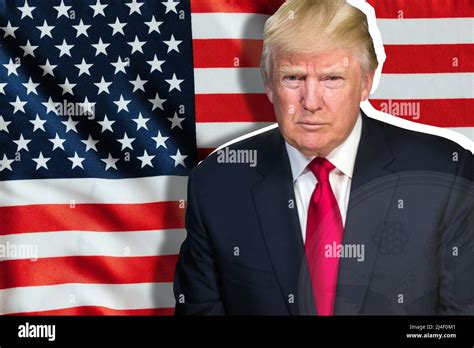
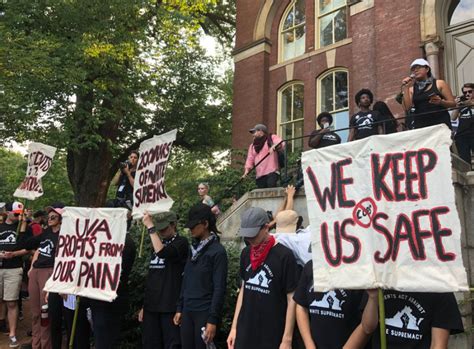
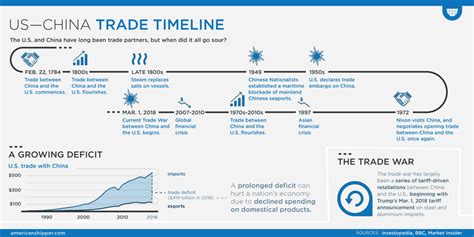
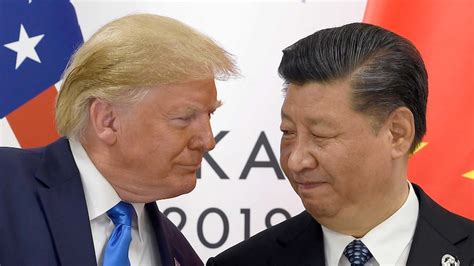
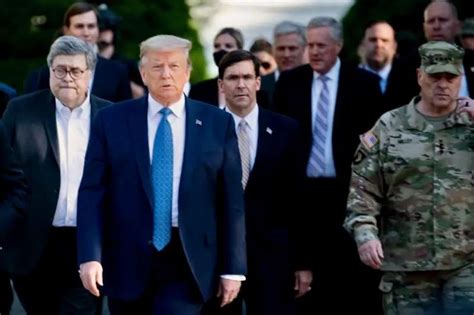
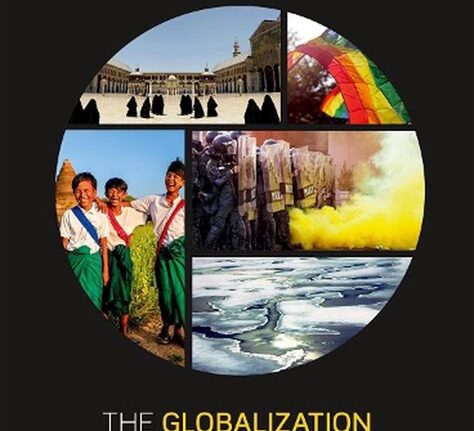
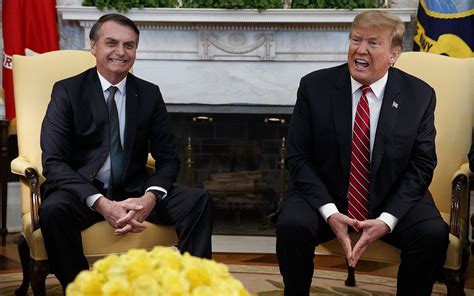
Leave feedback about this